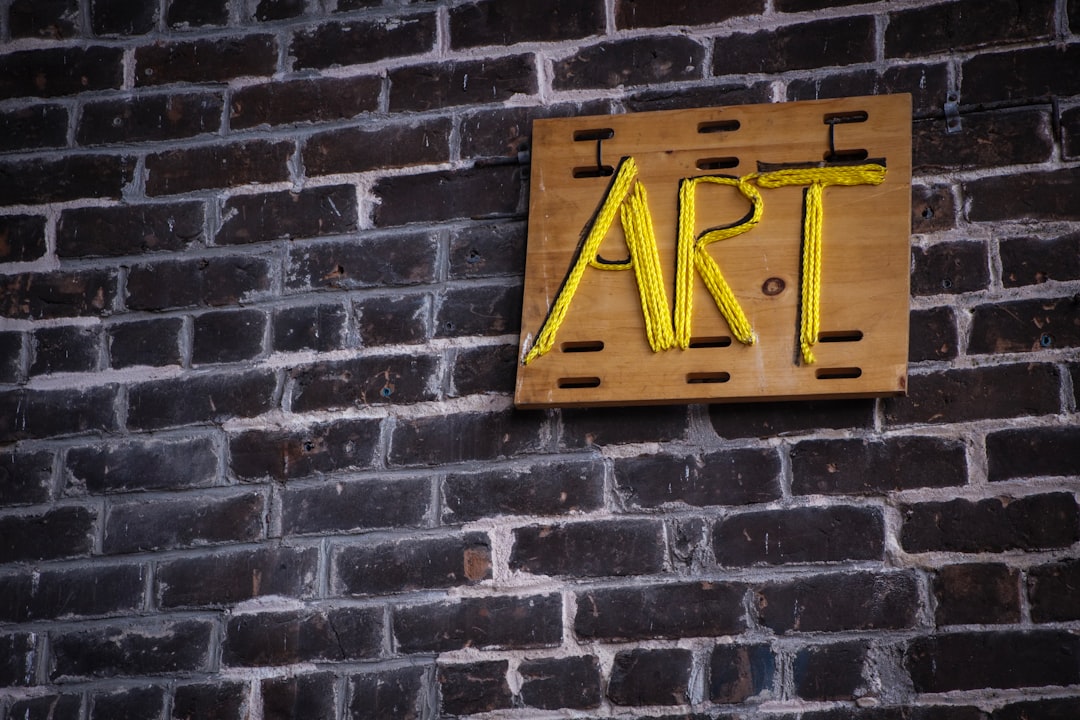The internet is evolving. Over the past few decades, the shift from static websites (Web1) to dynamic, user-generated platforms (Web2) has transformed the way individuals interact online. Now, there’s a new transformation underway — Web3, an era defined by decentralization, blockchain technology, and user sovereignty. As interest in these new paradigms grows, so does the reach and potential of blockchain-powered platforms and decentralized applications (dApps).
What is Web3?
Web3 refers to the third generation of internet services, built on decentralized frameworks. Unlike Web2, which is dominated by centralized platforms (think social media giants, cloud computing providers, and online marketplaces), Web3 aims to distribute power away from major corporations and place users in control of their data and digital identity.
At the core of Web3 lie two key technologies: blockchain and decentralized applications (dApps). These systems create open, trustless networks that don’t rely on central authorities, catering to a more secure, transparent, and privacy-focused digital ecosystem.
The Role of Blockchain in Web3
Blockchain acts as the foundation of Web3. It’s a distributed ledger technology that stores data across a network of computers in a secure, transparent, and immutable way. Each block in the chain contains a number of transactions, and once recorded, the data in any block cannot be altered without changing all subsequent blocks — a near-impossible feat without consensus from the network.
This makes blockchain ideal for applications where trust, transparency, and decentralization are essential. The advantages include:
- Security: Cryptographic techniques make blockchain nearly impervious to tampering and hacking.
- Transparency: All participants on a blockchain network can see the same data in real-time.
- Trustless Interactions: Participants don’t need to rely on a central intermediary – trust is built into the system.
Perhaps the most well-known blockchain is Ethereum, but there are others such as Solana, Polkadot, and Avalanche that also support Web3 ecosystems.

Decentralized Applications (dApps): A New Kind of Software
Decentralized applications, often referred to as dApps, are programs that run on a blockchain or peer-to-peer network. Unlike traditional apps hosted on centralized servers, dApps operate across a network of computers, ensuring no single point of control or failure.
dApps can perform just about any function that a conventional application can, but with the added benefits of transparency, immutability, and community control. They are increasingly common in areas such as:
- Finance: Decentralized finance (DeFi) platforms like Uniswap and Compound allow users to trade, borrow, and lend assets without traditional banks.
- Gaming: Games like Axie Infinity and Decentraland incorporate digital ownership and token-based economies.
- Social Media: Platforms like Lens Protocol aim to give users full control over their content and followers.
Because dApps are built on open protocols, developers can freely extend or integrate with them, creating a more collaborative and innovative digital environment.
Smart Contracts: The Engine Behind dApps
At the heart of many dApps are smart contracts — self-executing contracts with the terms of the agreement directly written into code. These contracts automatically enforce rules and execute outcomes when predetermined conditions are met, removing the need for intermediaries. Smart contracts drastically reduce costs and increase reliability for processes ranging from financial agreements to voting systems.
For example, in a decentralized lending dApp, a smart contract could automatically release collateral once a repayment condition is met, without any human involvement or third-party verification.
Digital Ownership and NFTs in Web3
An essential innovation in the Web3 landscape is the concept of digital ownership. Powered by non-fungible tokens (NFTs), users can buy, sell, and trade unique digital assets that are verifiably scarce and owned by individuals rather than hosted on corporate servers.

Ownership of NFTs can represent anything from digital art and real estate to in-game items and music rights. Unlike traditional files that can be duplicated endlessly, NFTs operate as individualized tokens that cannot be copied or replaced — establishing uniqueness and provenance.
Web3 Wallets and Digital Identity
To navigate the Web3 ecosystem, users employ digital wallets such as MetaMask, Trust Wallet, or WalletConnect. These wallets not only store cryptocurrencies and NFTs but also serve as login credentials for dApps.
This concept leads to the idea of a self-sovereign digital identity, where users own and control their online presence without relying on external corporations for access. It’s a step toward minimizing data surveillance and maximizing user anonymity and control.
Challenges and Future Outlook
Despite the promise of Web3, there are notable challenges that remain:
- Scalability: Blockchain networks can become congested, leading to high transaction fees and slow processing times.
- User Experience: dApps and blockchain interfaces can still be complex and intimidating for new users.
- Regulatory Uncertainty: Global governments are still trying to define legal frameworks around blockchain and digital assets.
However, continuous innovation in technologies like Layer 2 scaling solutions, improved wallet designs, and cross-chain interoperability is paving the way for mainstream adoption. As the infrastructure matures, Web3 could become as ubiquitous and seamless as today’s internet — but with more transparency, security, and user rights.
Conclusion
The evolution of Web3 technologies — from powerful blockchains to user-driven dApps — promises to shift the dynamics of the internet. It empowers users, values privacy, decentralizes power structures, and opens new pathways for creators and developers alike. While challenges remain, the potential of a more equitable and open digital world keeps pushing innovation forward.
Frequently Asked Questions (FAQs)
-
What is Web3 in simple terms?
Web3 refers to the next version of the internet where applications are decentralized and powered by blockchain. It aims to give users control over their data and digital assets. -
How are dApps different from regular apps?
dApps run on decentralized networks (usually a blockchain) and don’t rely on central servers. This eliminates single points of failure and allows for greater transparency and security. -
What are smart contracts used for?
Smart contracts are self-executing codes that automatically enforce agreements based on programmed rules. They’re widely used in finance, gaming, and supply chains. -
Can NFTs be used outside of art and collectibles?
Yes. NFTs have use cases in gaming, identity verification, real estate, intellectual property rights, and more. -
Is Web3 secure?
Web3 technologies offer robust security features, but they’re not without vulnerabilities. Users must stay informed, use trusted tools, and manage their private keys securely. -
Do I need cryptocurrency to use Web3?
In many cases, yes. Cryptocurrency is often required to pay for transaction fees or interact with smart contracts on blockchain networks.
I’m Sophia, a front-end developer with a passion for JavaScript frameworks. I enjoy sharing tips and tricks for modern web development.
